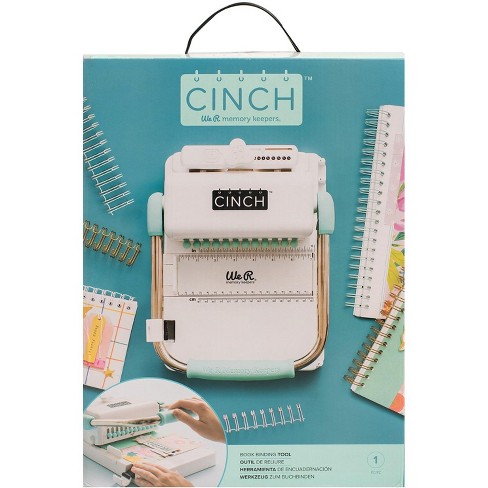
No screws needed, does not damage door. Between the bottom of the door and the threshold. Compression fit holds firmly in place. Installation is simple: measure the door, trim the product to length with a hacksaw, and slide on.


FluentU makes native Japanese videos approachable through interactive transcripts.You’ll see definitions, in-context usage examples and helpful illustrations. 5 out of 5 stars.You’ll discover tons of new Japanese vocabulary through these great clips.Don’t worry about your skill level being an issue when it comes to understanding the language. Race Face CK19AE137ARM175BLK Aeffect Cinch Crank Arms. (51) Total Ratings 51, 9.99 New. Race Face 2-pack Small Black Bike Crank Arm Protector Boot A10068BLK.
Appropriate use of おめでとう, which tends to be used in the case of holidays. Phrases you can use around holiday time, of course! What can be learned from this song? A vast majority of the song consists of the titular line, おめでとうクリスマス.So, with that in mind, you can see how this is a perfect song for beginners: Simple yet polite language, lots of repetition and a context a good number of English speakers would likely be familiar with. (If you’re alright with Christmas songs, that is.)The key to this song’s simplicity is the fact that there are only about five different lines in the entire song. While it may be a bit seasonal in nature, it’s a rather jovial song to learn and can get you in a singing mood any time of year.
We’ll get into the casual form of this later on in the list.Before we move on, here’s some trivia for you anime lovers out there: A version of this song was included on a “Sailor Moon” Christmas album entitled “Christmas For You.” If you’re a Minako fan, this should be a particularly sweet discovery for you as she’s the one singing it. So, a proposal such as, “Let’s go to the pool,” in Japanese is「プールに行きましょう。」(ぷーるに いきましょう). How to use ましょう, which is the polite form for proposals in Japanese. An interesting case of grammar with みんなして, which apparently is another way to say みんなで, 一緒に (いっしょに) or 一斉に (いっせいに), which all essentially mean for more than one person to do something together at the same time.
What can be learned from this song? But there are some variations which present even more learning opportunities. For example, one of the most popular customs of Setsubun involves wearing an oni mask!If all else fails, there’s a cute dance in the video you can whip out at parties or dazzle potential suitors with.In this version of the lyrics, the main point is to sing about how strong and long-lasting the oni‘s underpants are in the simplest way. But fear not, although it may be for children, this is probably the most fantastical, out there song on the list (which makes it a bit more fun) and can lead to some great learning on related parts of Japanese lore.Not only that, but you’ll be able to connect more with some other cultural staples that involve oni. In fact, the title literally translates to, “The Ogre’s Underpants.” ( Oni can also be translated as demon, devil, troll or monster.)If the video didn’t make it obvious, this is indeed a song aimed towards children.
Loads of great vocabulary: 鬼 (おに – ogre, demon, devil, troll, monster), パンツ (ぱんつ – underpants), いい (good), 強い (つよい – strong), 年 (ねん or とし – year), あなた (you), 私 (わたし – I, me) and みんな (everyone). Another casual speech tick is also used: The sentence ending ぞ, which is similar to よ but is considered masculine and possibly stronger in its emphasis than よ. We explain how exactly this works in this guide. A use of the casual form of ましょう that shows up with 履こう.

How to say “want” in Japanese, using 欲しい (ほしい).While we’re here, I must recommend a couple other great songs by Mayumi. The words 自由 (じゆう – freedom), バス (ばす – bus), 今 (いま – now), 時 (とき – time) and あなた (you). The verbs 飛び乗る (とびのる – to jump onto a moving object), 忘れる (わすれる – to forget) and 待つ (まつ – to wait). Once again Tae Kim has a guide on this, as does Maggie Sensei. How to say “must” or “need to,” with the use of verb ending なきゃ. Conditional sentence forms that use もし(も) and なら(ば), explained here by Tae Kim’s Guide to Japanese.
Despite the insanely simple title, I don’t know that I would be so quick to recommend this as a bonus simple song, so to speak. This is another relatively simple song that you may want to add to your “Songs to Learn” list.As you can probably guess, this song does mention sunflowers, although it’s a bit deeper than that as well.


 0 kommentar(er)
0 kommentar(er)
